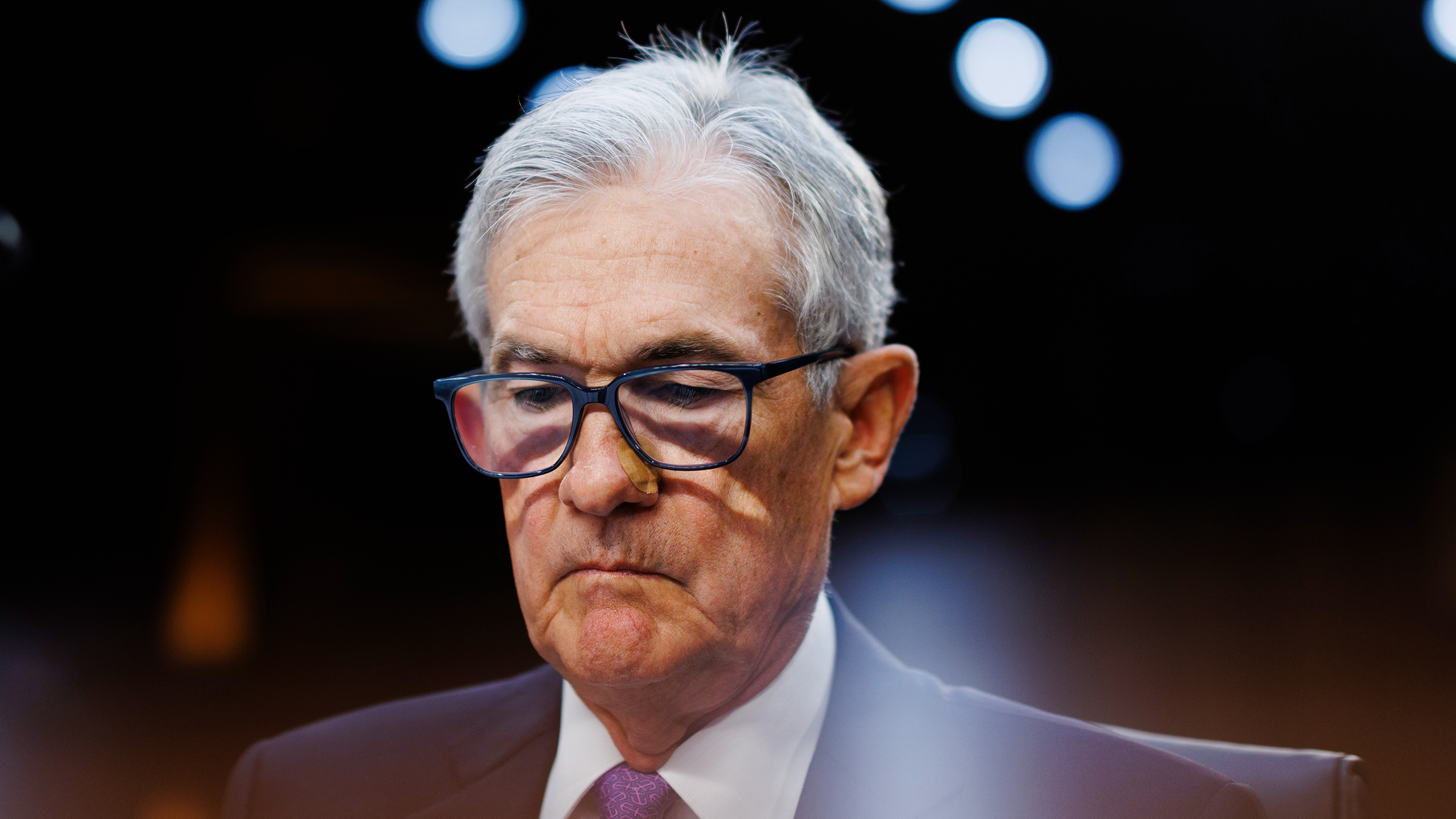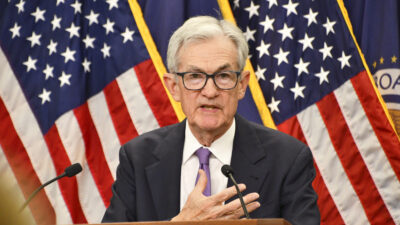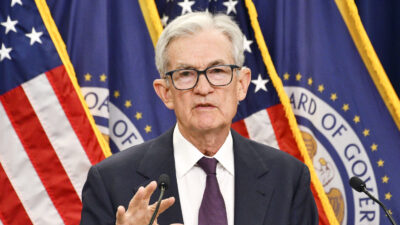Just How Much Data Does the Fed Need to Cut Rates?
Despite new data this week showing inflation has cooled, Powell and the Federal Reserve are still expected to hold off on rate cuts.

Sign up for smart news, insights, and analysis on the biggest financial stories of the day.
Jerome Powell sees what we see and he hears the huffing and puffing (hard not to), but he’s not budging as far as anyone can tell.
Despite a slew of new data published Thursday and earlier this week showing inflation has cooled, Powell and the Federal Reserve are still almost universally expected to hold off on cutting interest rates when the monetary policy committee convenes again next week — opting instead to wait until their next meeting in September. As per usual, the central bankers are preaching that patience is a virtue.
Summer Hours
A Thursday report from the Bureau of Labor Statistics showed that the Producer Price Index, a closely watched inflation gauge that measures the prices paid to producers, rose just 0.1% in May. The lower-than-expected reading (economists mostly predicted a 0.2% increase) comes just after a Consumer Price Index report on Wednesday that showed consumer prices increased 0.1% month-over-month in May and 2.4% year-over-year — also lower than expectations.
Still, more inflation may be on the way. While the White House’s tariff regime has yet to spur another inflationary cycle, as many had feared or expected, don’t pop the champagne just yet. To see the impact of tariffs show up in inflation data, well, you may have to be a little more patient:
- The frontloading of inventory earlier this year, ahead of the tariffs, coupled with consumer belt-tightening likely means that price increases have been slow to reveal themselves in the real economy.
- “We believe the limited impact from tariffs in May is a reflection of pre-tariff stockpiling, as well as a lagged pass-through of tariffs into import prices,” Nomura senior economist Aichi Amemiya wrote in a note seen by CNBC. “We maintain our view that the impact of tariffs will likely materialize in the coming months.”
Hit the Gas: Traders don’t seem to be waiting for the data to show up. Treasury yields across maturities sank to their lowest levels in a week on Thursday as traders of interest-rate derivatives once again started pricing in two rate cuts this year, with the first expected in September. Bettors on prediction market Kalshi similarly view two cuts as the most likely outcome this year, with the odds set at 29% as of Thursday. “The inflation data have been very, very good for the last four months,” Tony Farren, rates sales and trading managing director at Mischler Financial Group, told Bloomberg. “How many months of tame inflation data can the Fed ignore?”











